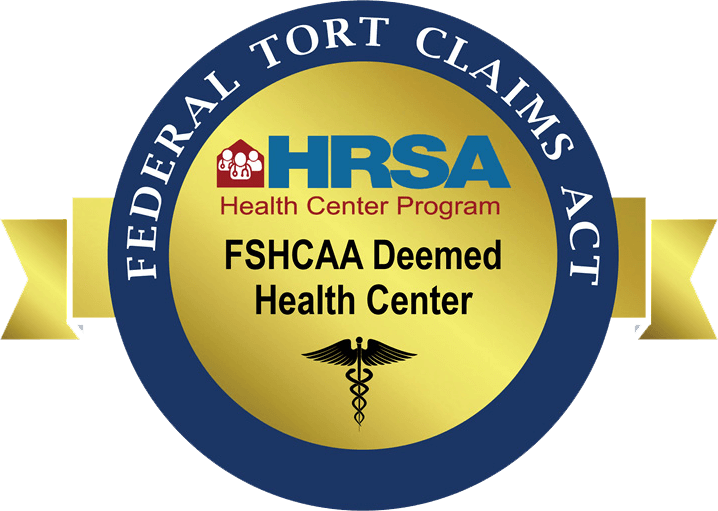
Before gardening, camping, hiking, or just playing outdoors, make preventing tick bites part of your plans.
Lyme disease is spread by the bite of an infected tick. In the United States, an estimated 300,000 infections occur each year. If you camp, hike, work, or play in wooded or grassy places, you could be bitten by an infected tick.
People living in or visiting New England, the mid-Atlantic states, and the upper Midwest are at greatest risk. Infected ticks can also be found in neighboring states and in some areas of Northern California, Oregon and Washington. But you and your family can prevent tick bites and reduce your risk of Lyme disease.
Protect Yourself from Tick Bites
Know where to expect ticks. Blacklegged ticks (the ticks that cause Lyme disease) live in moist and humid environments, particularly in and near wooded or grassy areas. You may get a tick on you during outdoor activities around your home or when walking through leaves and bushes. To avoid ticks, walk in the center of trails and avoid walking through tall bushes or other vegetation.

Though Lyme disease cases have been reported in nearly every state, cases are reported from the infected person’s county of residence, not the place where they were infected. More Lyme disease data >
Repel ticks on skin and clothing. Use Environmental Protection Agency (EPA)-registered insect repellents containing DEET, picaridin, IR3535, oil of lemon eucalyptus, para-menthane-diol, or 2-undecanone. EPA’s helpful search tool can help you find the product that best suits your needs. Always follow product instructions. Parents should apply this product to their children, avoiding hands, eyes, and mouth. Use products that contain permethrin on clothing. Treat clothing and gear, such as boots, pants, socks and tents with products containing 0.5% permethrin. It remains protective through several washings. Pre-treated clothing is available and may be protective longer.
- The Environmental Protection Agency (EPA) has an online tool to help you select the repellentexternal icon that is best for you and your family.
- For detailed information about preventing ticks on pets and in your yard, see Lyme Disease Prevention and Control.
- For detailed information for outdoor workers, see NIOSH Safety and Health Topic: Tick-borne Diseases.
Perform Daily Tick Checks
Check your body for ticks after being outdoors, even in your own yard. Search your entire body for ticks when you return from an area that may have ticks. Use a hand-held or full-length mirror to view all parts of your body and remove any tick you find. Take special care to check these parts of your body and your child’s body for ticks:

- Under the arms
- In and around the ears
- Inside the belly button
- Back of the knees
- In and around all head and body hair
- Between the legs
- Around the waist
Check your clothing and pets for ticks because they may carry ticks into the house. Check clothes and pets carefully and remove any ticks that are found. Place clothes into a dryer on high heat to kill ticks.
Remove Attached Ticks Quickly and Correctly

Remove an attached tick with fine-tipped tweezers as soon as you notice it. If a tick is attached to your skin for less than 24 hours, your chance of getting Lyme disease is extremely small; however, other diseases may be transmitted more quickly.
Over the next few weeks, watch for signs or symptoms of Lyme diseasesuch as rash or fever. See a healthcare provider if you have signs or symptoms. For more information, see tick removal.
Be Alert for Fever or Rash
Even if you don’t remember being bitten by a tick, an unexpected summer fever or odd rash may be the first signs of Lyme disease, particularly if you’ve been in tick habitat. See your healthcare provider if you have symptoms.
Prevent Ticks on Animals
Prevent family pets from bringing ticks into the home by limiting their access to tick-infested areas and by using veterinarian-prescribed tick prevention products on your dog.
Create Tick-safe Zones in Your Yard
Modify your landscaping to create “Tick-Safe Zones.” It’s pretty simple. Keep patios, play areas, and playground equipment away from shrubs, bushes, and other vegetation. Regularly remove leaves, clear tall grasses and brush around your home, and place wood chips or gravel between lawns and wooded areas to keep ticks away from recreational areas (and away from you).
- Use a chemical control agent. Use acaricides (tick pesticides) to reduce the number of ticks in treated areas of your yard. However, you should not rely on spraying to reduce your risk of infection.
- Discourage deer. Deer are the main food source of adult ticks. Keep deer away from your home by removing plants that attract deer and by constructing barriers (like a fence) to discourage deer from entering your yard and bringing ticks with them.
















